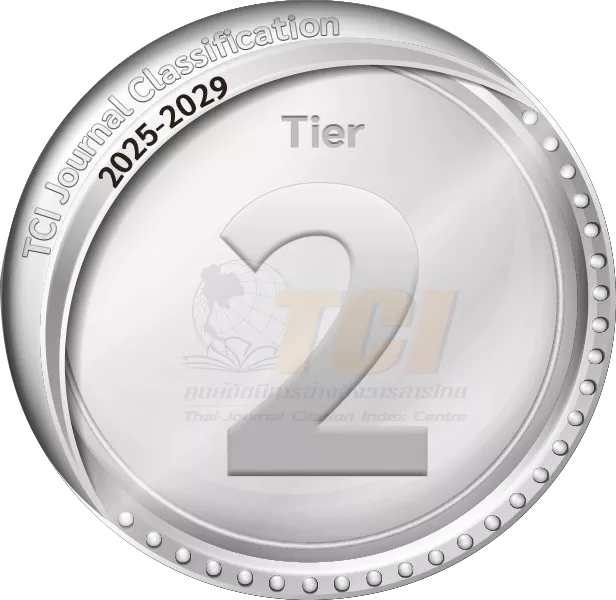Key Strategies for Employee Engagement Enhancement Initiatives - A Case of Monthly Employees of the Private Seafood Manufacturing Company
DOI:
https://doi.org/10.14456/abacodijournal.2025.4Keywords:
Employee Engagement, Recognition, Well-being, Collaboration, LeadershipAbstract
Employee engagement is critical for driving organizational performance, reducing turnover, and promoting employee well-being. This study focuses on identifying the key factors influencing employee engagement in a private seafood manufacturing company in Thailand. A mixed-method approach, combining both quantitative surveys and qualitative management interviews, was employed to gather insights from 259 employees from monthly employees out of the total population of 748 people based on the selected working location. Key findings indicate that recognition, well-being, and collaboration are significant factors affecting employee engagement, with recognition being the most influential. While company culture and leadership were explored, they showed no significant impact in this context. Based on these findings, strategic recommendations were proposed to enhance employee engagement through tailored recognition programs, work-life balance initiatives, leadership development, and the integration of technology to improve communication and productivity. These strategies aim to create a sustainable work environment that fosters employee satisfaction and long-term business success. Future research could expand the scope to explore engagement factors among daily employees and across different industries.
References
Bakker, A. B., & Albrecht, S. L. (2018). Work engagement: Current trends. Career Development International, 23(1), 4-11. https://doi.org/10.1108/CDI-11-2017-0207
Bass, B. M., & Riggio, R. E. (2015). Transformational leadership (2nd ed.). Routledge. https://www.routledge.com/Transformational-Leadership/Bass-Riggio/p/book/9780805847628?srsltid=AfmBOopB70NDXjsSUbdRuoZ6mhbR4aUgsL74PgGeuz0Anxk5ZS2QI3vN
Cropanzano, R., & Mitchell, M. S. (2005). Social exchange theory: An interdisciplinary review. Journal of Management, 31(6), 874-900. https://doi.org/10.1177/0149206305279602
Deepalakshmi, N., Tiwari, D., Baruah, R., Seth, A., & Bisht, R. (2024). Employee engagement and organizational performance: A human resource perspective, educational administration: Theory and practice, 30(4), 5941-5948.
https://doi.org/10.53555/kuey.v30i4.2323
Dessler, G. (2017). Human Resources Management Fifteenth Edition (15th Ed.). Pearson Education.
Kahn, W. A. (1990). Psychological conditions of personal engagement and disengagement at work. Academy of Management Journal, 33(4), 692-724.
https://www.jstor.org/stable/256287
Krejcie, R. V., & Morgan, D. W. (1970). Determining sample size for research activities. Educational and Psychological Measurement, 30, 607-610
Luthans, F., & Youssef, C. M. (2004). Human, social, and now positive psychological capital management: Investing in people for competitive advantage. Organizational Dynamics, 33(2), 143-160
https://digitalcommons.unl.edu/cgi/viewcontent.cgi?article=1163&context=managementfacpub
McShane, S. L., & Von Glinow, M. A. (2010). Organizational behavior: emerging knowledge and practice for the real world (5th Ed.). McGraw-Hill/Irwin.
Stavros, J., Cooperrider, D. L., & Godwin, L. N. (2016). Appreciative inquiry: Organization development and the strengths revolution. John Wiley & Sons.
Stavros, J., Cooperrider, D., & Kelly, D. L. (2018). Strategic Inquiry -> Appreciative intent: Inspiration to SOAR a new framework for strategic planning. AI Practitioner https://storage.googleapis.com/wzukusers/user-34681742/documents/5c5a24a25960cNX25lYV/Strategic_Inquiry_Appreciative_Intent_Inspiration_.pdf
Stavros, D. J. M., & Cole, D. M. L. (2014). SOARING towards positive transformation and change. ABAC ODI Journal Vision. Action. Outcome, 1(2), 1-26.
http://www.assumptionjournal.au.edu/index.php/odijournal/article/view/1694



